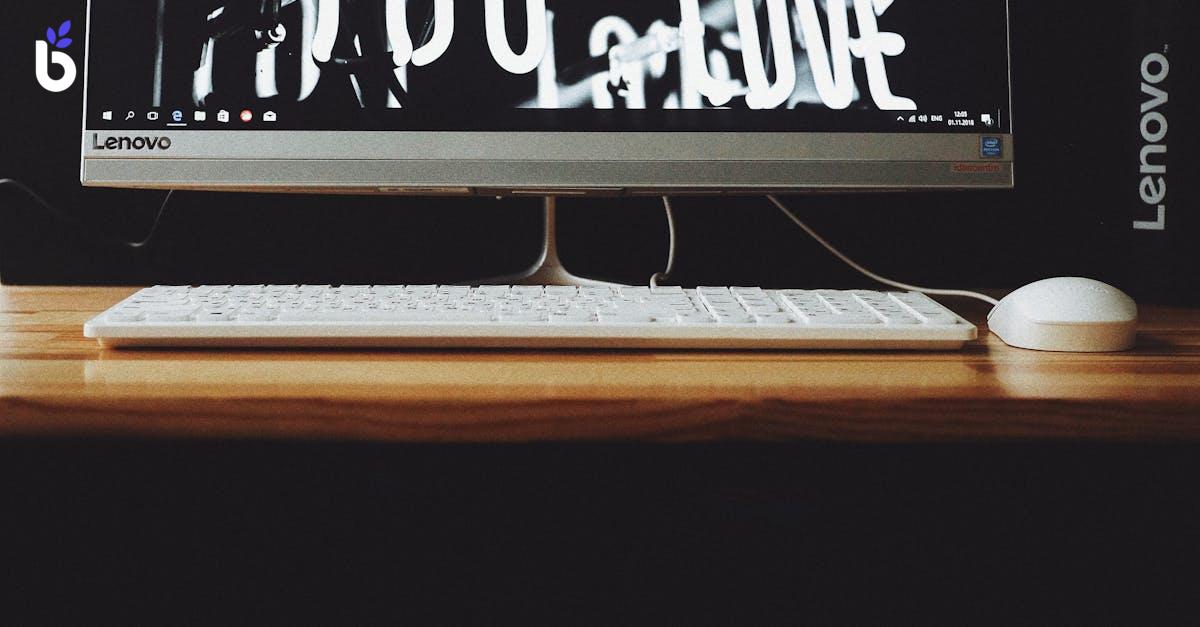WHAT IS BRING-YOUR-OWN-DEVICE (BYOD)?

What is Bring-Your-Own-Device (BYOD)?
Bring-Your-Own-Device (BYOD) refers to a workplace policy that enables employees to utilize their personal devices—such as smartphones, tablets, and laptops—to access company networks, applications, and data. This approach is gaining traction due to its potential to enhance employee satisfaction, reduce organizational costs, and promote greater flexibility in work environments.
Important Factors Affecting BYOD Policies
Implementing Bring-Your-Own-Device policies necessitates the establishment of clear rules and protocols to safeguard company information. Organizations should consider several critical aspects, such as:
- Device Compatibility: Determining which personal devices are permitted within the workplace.
- Security Responsibilities: Identifying whether the responsibility for device security lies with the organization or the employee.
- Data Encryption: Specifying the encryption standards that must be enforced to protect sensitive data.
- Supported Applications: Establishing which applications and services can be accessed via personal devices.
Advantages of Bring-Your-Own-Device (BYOD)
BYOD offers a multitude of benefits that can significantly impact an organization’s operations:
- Cost Savings: BYOD reduces expenses related to the procurement, maintenance, and upgrading of company-owned hardware.
- Flexibility and Accessibility: Employees appreciate the freedom to access company resources from devices they prefer, any time and anywhere, fostering an adaptable work environment.
- Employee Satisfaction: Allowing the use of personal devices leads to increased comfort and productivity, as employees can operate using familiar technology.
- Enhanced Security Measures: While it may seem counterintuitive, BYOD can stimulate the implementation of robust security protocols that protect both company-wide and personal data effectively.
"Allowing employees to use their own devices can transform workplace dynamics, improve efficiency, and lead to happier employees."
FAQ
What is an example of Bring Your Own Device?
A typical example of a Bring Your Own Device policy would be permitting employees to use their personal laptops to log into corporate accounts and work on projects.
What is a Bring Your Own Device arrangement?
A Bring Your Own Device arrangement is an agreement wherein an organization allows employees to utilize their personal devices for work-related tasks. This arrangement often includes established policies that stipulate security protocols and data protection measures.
Conclusion
In summary, the Bring-Your-Own-Device (BYOD) policy offers a strategic way for organizations to enhance employee engagement while reducing operational costs. By understanding the factors that affect BYOD implementation and the advantages it provides, companies can create a structured approach that fosters productivity and security. Ultimately, the integration of personal devices into the workplace can lead to a progressive work culture that aligns with the modern employee's expectations.
Take control of your business today
Explore BizCRM App and start your journey towards business success.
